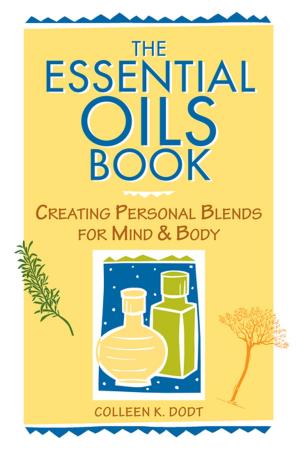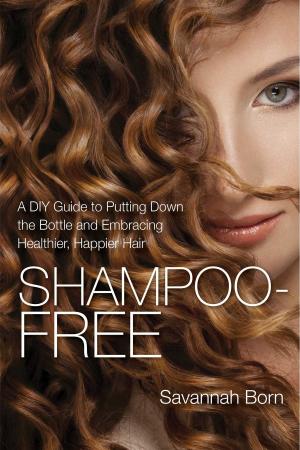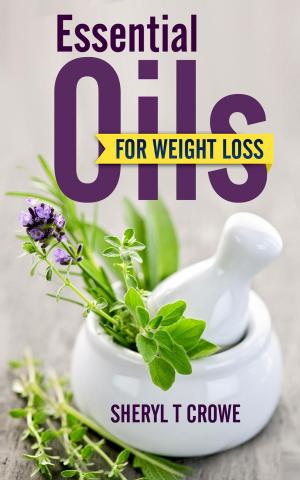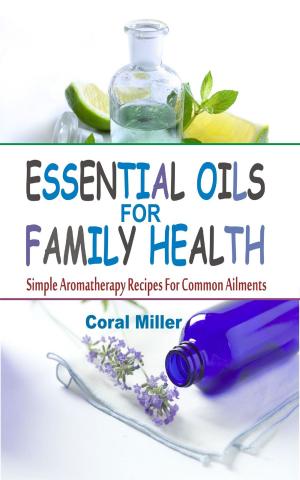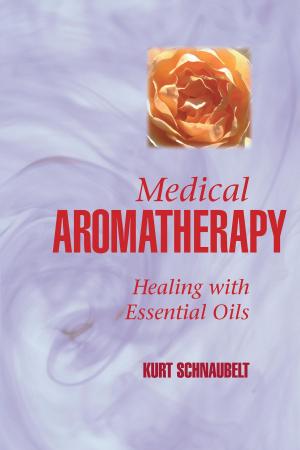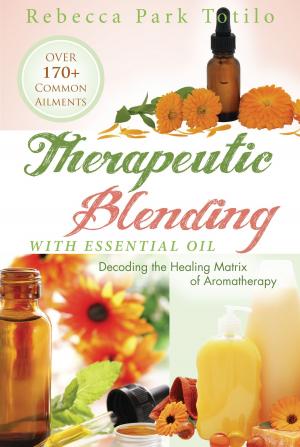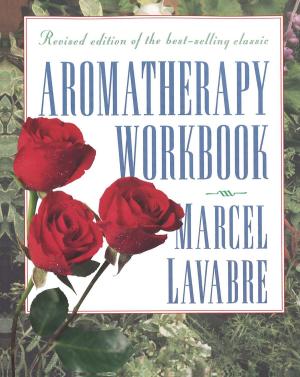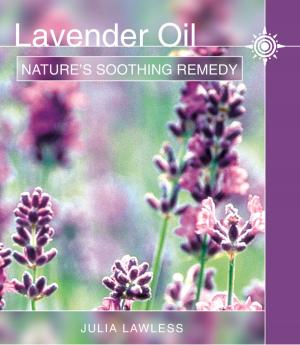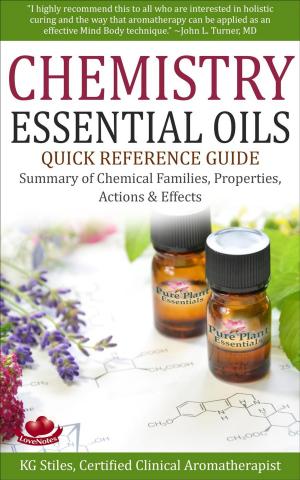Using Aromatherapy Diffusers: Selecting Essential Oils, Creating Blends, and Choosing a Diffuser
Nonfiction, Health & Well Being, Health, Alternative & Holistic Health, Aromatherapy| Author: | Dilettante Living Press | ISBN: | 9781370672295 |
| Publisher: | Dilettante Living Press | Publication: | August 17, 2016 |
| Imprint: | Smashwords Edition | Language: | English |
| Author: | Dilettante Living Press |
| ISBN: | 9781370672295 |
| Publisher: | Dilettante Living Press |
| Publication: | August 17, 2016 |
| Imprint: | Smashwords Edition |
| Language: | English |
Diffusing essential oils is a wonderful way to practice aromatherapy. If you have an aromatherapy diffuser, or are contemplating purchasing one, this guide was written for you!
Learn:
--Which oils work best in a diffuser. Not all essential oils are equally suited for a diffuser. Some oils that have skin benefits are best applied topically
--How to pick oils to diffuse for colds, flu, disinfection, stress, anxiety and more
--How to use a diffuser safely
--What type of diffuser should I use?
This guide will teach you how to use an aromatherapy diffuser. First you will learn why diffusion is one of the best ways to use essential oils. Then we will discuss how essential oils can help to keep you and your family healthy. No book on aromatherapy would be complete without safety tips. You will learn about adjusting dosages for children, as well how we can all stay safe when using a diffuser.
This book describes in detail 10 great essential oils for a diffuser including their uses and the results of aroma testing that will help you choose oils based on scent strength when diffused. Several uses for each oil are described including scientific evidence to back up claims.
When you want to mix up a blend for your diffuser because you want to ease an illness or perhaps stress, a whole chapter is waiting for you with the best oils to use for eleven common conditions. These oils were exhaustively researched to make sure that they are the most frequently recommended oils for that condition. Sometimes there is not a lot of consistency between aromatherapy books as to which oils are best for a cold, or a headache. This book solves that by finding the common denominator oils. Then, those recommended oils are categorized as top, middle, or base notes making blending a breeze. Conditions include:
--Colds and Sinus
--Flu and other viruses
--Headaches
--Nausea and motion sickness
--Insomnia
--Stress Relief and relaxation
--Uplifting and stimulating oils
--Anxiety
--Depression
--Mental Alertness and concentration
--Essential oils for use in a car
The final chapter explores several factors to consider when purchasing a diffuser. There are so many on the market and they are not all the same. After reading this chapter you will be armed with the knowledge to make an informed decision.
Using Aromatherapy Diffusers is the first book devoted solely to diffusion as method of using aromatherapy. Most aromatherapy books only touch on diffusion and focus on topical administration. With the popularity of diffusers, this book will become an essential guide that you will want to refer to again and again.
Diffusing essential oils is a wonderful way to practice aromatherapy. If you have an aromatherapy diffuser, or are contemplating purchasing one, this guide was written for you!
Learn:
--Which oils work best in a diffuser. Not all essential oils are equally suited for a diffuser. Some oils that have skin benefits are best applied topically
--How to pick oils to diffuse for colds, flu, disinfection, stress, anxiety and more
--How to use a diffuser safely
--What type of diffuser should I use?
This guide will teach you how to use an aromatherapy diffuser. First you will learn why diffusion is one of the best ways to use essential oils. Then we will discuss how essential oils can help to keep you and your family healthy. No book on aromatherapy would be complete without safety tips. You will learn about adjusting dosages for children, as well how we can all stay safe when using a diffuser.
This book describes in detail 10 great essential oils for a diffuser including their uses and the results of aroma testing that will help you choose oils based on scent strength when diffused. Several uses for each oil are described including scientific evidence to back up claims.
When you want to mix up a blend for your diffuser because you want to ease an illness or perhaps stress, a whole chapter is waiting for you with the best oils to use for eleven common conditions. These oils were exhaustively researched to make sure that they are the most frequently recommended oils for that condition. Sometimes there is not a lot of consistency between aromatherapy books as to which oils are best for a cold, or a headache. This book solves that by finding the common denominator oils. Then, those recommended oils are categorized as top, middle, or base notes making blending a breeze. Conditions include:
--Colds and Sinus
--Flu and other viruses
--Headaches
--Nausea and motion sickness
--Insomnia
--Stress Relief and relaxation
--Uplifting and stimulating oils
--Anxiety
--Depression
--Mental Alertness and concentration
--Essential oils for use in a car
The final chapter explores several factors to consider when purchasing a diffuser. There are so many on the market and they are not all the same. After reading this chapter you will be armed with the knowledge to make an informed decision.
Using Aromatherapy Diffusers is the first book devoted solely to diffusion as method of using aromatherapy. Most aromatherapy books only touch on diffusion and focus on topical administration. With the popularity of diffusers, this book will become an essential guide that you will want to refer to again and again.

